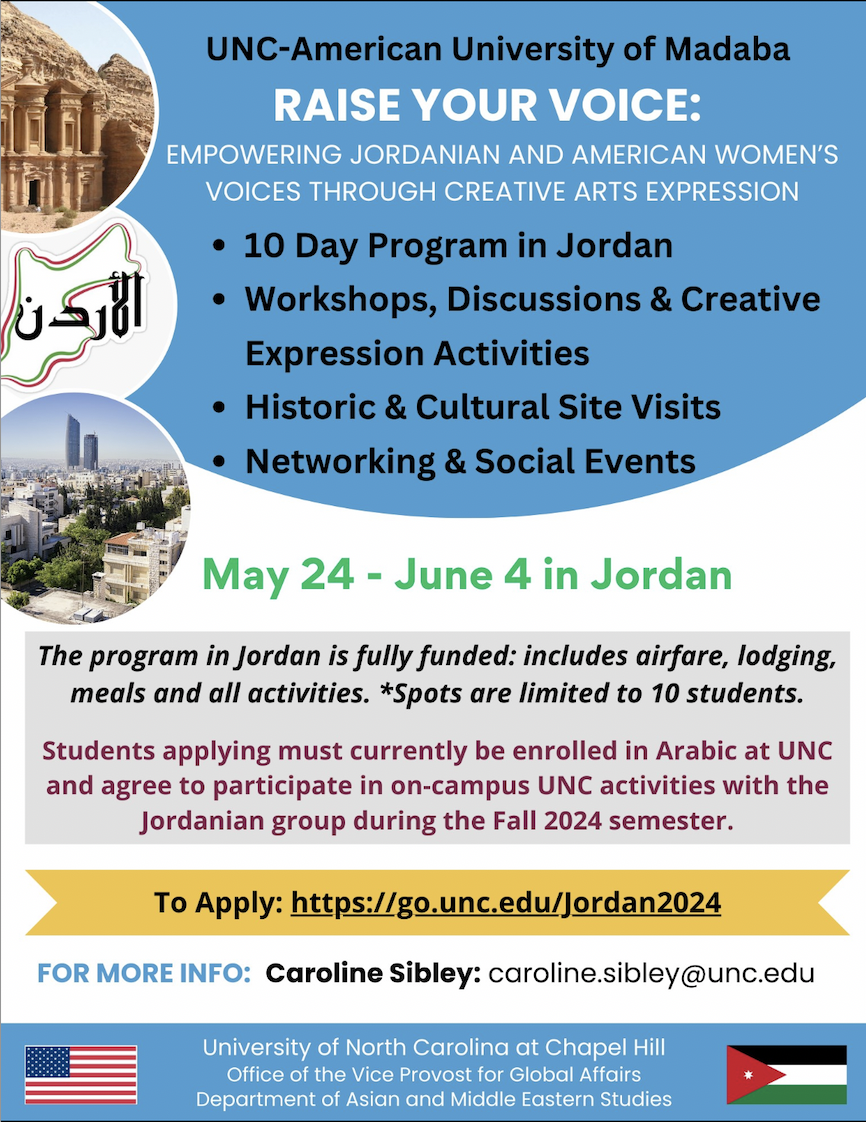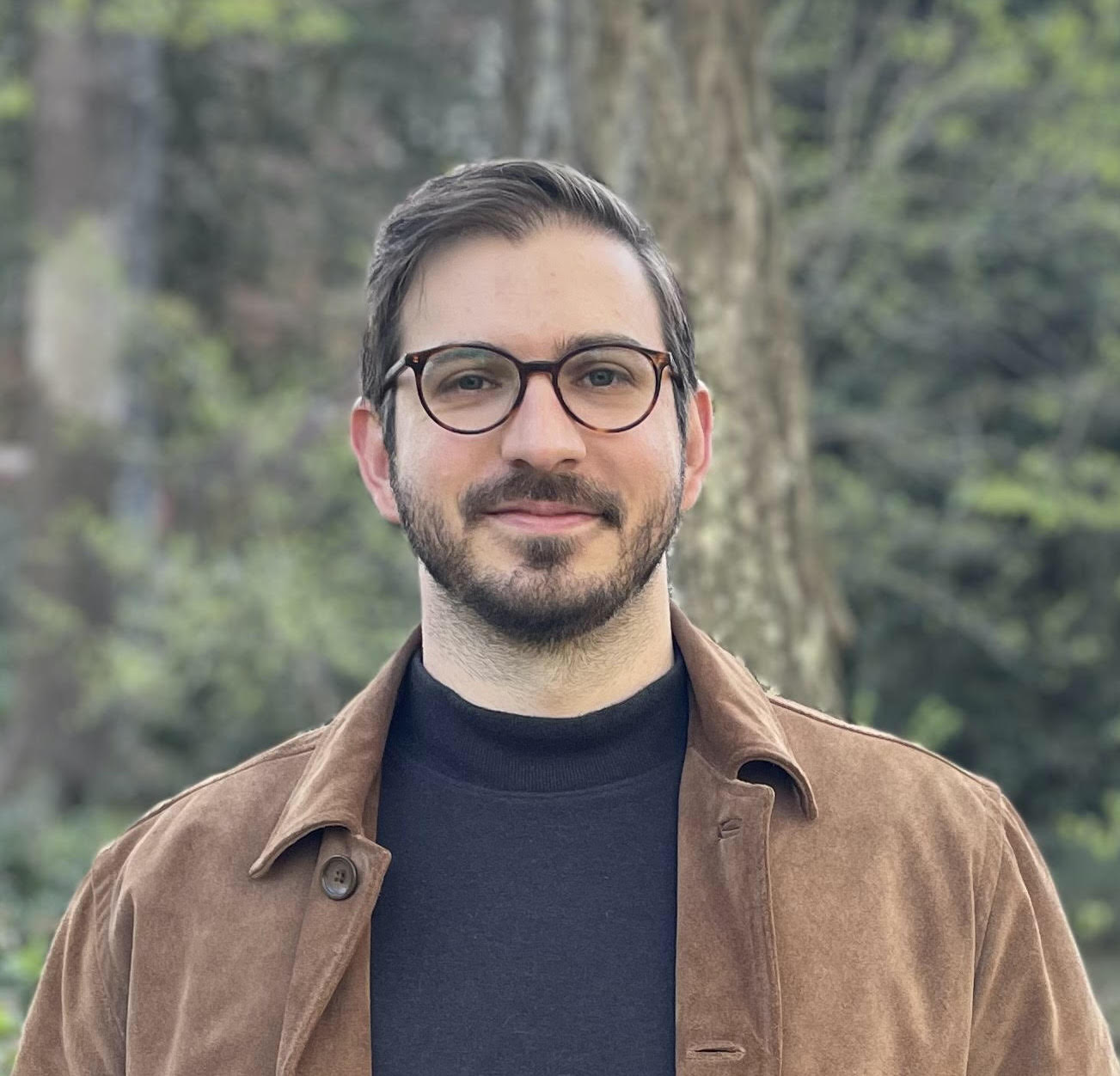 On February 25, over 80 educators at the middle, high and community college levels explored teaching practices and historical perspectives in the second installment of the webinar series, “How to Teach About the Middle East—and Get it Right!” The webinar featured Allen Fromherz, professor of history and director of the Middle East Studies Center at Georgia State University.
On February 25, over 80 educators at the middle, high and community college levels explored teaching practices and historical perspectives in the second installment of the webinar series, “How to Teach About the Middle East—and Get it Right!” The webinar featured Allen Fromherz, professor of history and director of the Middle East Studies Center at Georgia State University.
Fromherz presented various approaches and resources for incorporating information about the Middle East and North Africa (MENA) into world history courses. His presentation addressed three overarching themes—Change: Muhammad and the rise of Islam; Contact: Ibn Battuta and the diversity of Islam and the MENA region; and Continuity: Ibn Khaldun and the meaning of MENA history.
When approaching the vast history of the MENA region, Fromherz acknowledged “it can be difficult to know where to begin.” To highlight the significant impact of Islam on world history, he noted, it is important to compare life and society in the Arabian Peninsula before and after its spread.
CHANGE
Fromherz discussed the importance of Prophet Muhammad’s legacy as a charismatic leader, suggesting that a study of his life could inspire questions about others who changed history in profound ways. Fromherz also noted the importance of teaching multiple perspectives and remaining sensitive to the religious beliefs and cultural backgrounds of students in the classroom. The teachers broke into small groups to explore primary sources related to the spread of Islam and Arab conquests and to consider how they might engage students in a study of these materials.
CONTACT
The session’s focus then turned to contact and connections between the MENA region and other parts of the world. Fromherz recommended introducing Ibn Battuta (1304 – 1369) to students, who was a Moroccan-born Muslim explorer who visited the equivalent of 44 modern countries and covered about 75,000 miles. The account of his journey, The Rihla, explores cultural encounters and provides insights into the diversity in customs, religions, and urban and nomadic life in the Islamic world. Educators in attendance were grateful for the additional context Fromherz was able to offer.
“I appreciated how Dr. Fromherz provided context for Islam and its growth, both within Arabia and the wider world,” one educator reflected. “So often, Islam and the rise of Islamic empires is presented in a bubble, as if it were not connected to anything else happening in the world.”
CONTINUITY
Finally, Fromherz highlighted Ibn Khaldun (1332 – 1406), a prominent Arab social scientist and philosopher who developed one of the earliest nonreligious philosophies of history in his masterpiece the Muqaddimah. Fromherz challenged educators to consider philosophies of history, such as whether history is linear or cyclical by looking at historical events and finding patterns. He illustrated this by examining the patterns related to the rise and fall of political dynasties in the Islamic world.
Attendees left with a toolkit of resources and ideas to engage students in the discussion of MENA history. One educator commented, “The collection of resources he shared are directly relevant to what I teach and his suggestions for how to present the information in meaningful, engaging ways will work nicely in my classroom.”
———————————–
“How to Teach about the Middle East—and Get it Right!” offers five interactive sessions between January and May 2021, featuring resources and strategies for teaching about the region relevant to both in-person and virtual teaching. The program is a collaboration between the Duke–UNC Consortium for Middle East Studies and the Center for Middle Eastern and North African Studies at the University of Michigan-Ann Arbor, both U.S. Department of Education funded National Resource Centers .
Recordings of each session, as they become available, can be found on the University of Michigan’s Educators’ Resources page on the Middle East and North Africa.





